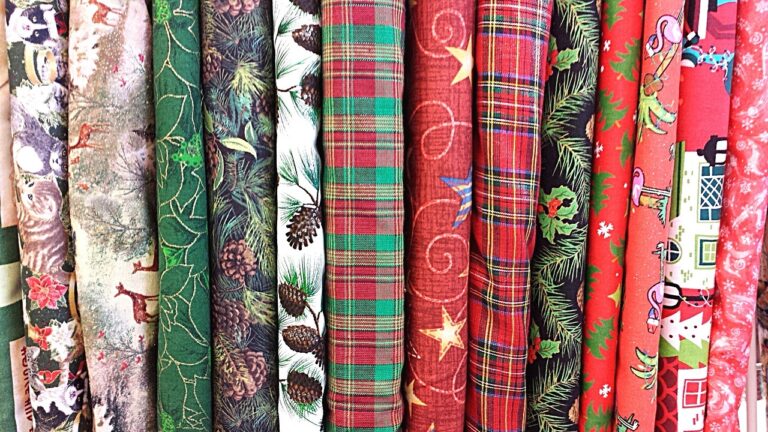Fashion and Sustainable Fashion Innovations: Cutting-Edge Technologies for Sustainable Fashion
Sustainable fashion is no longer just a passing trend in the industry; it has become a mainstay. Consumers are increasingly conscious of the environmental and social impacts of their purchasing decisions, leading to a greater demand for ethically produced and eco-friendly clothing. As a result, fashion brands are recognizing the importance of adopting sustainable practices to meet the changing preferences of their customer base.
In response to this shift towards sustainability, many brands are reevaluating their production processes and sourcing methods. From using organic and recycled materials to implementing fair labor practices, the fashion industry is making strides towards a more sustainable future. This growing trend not only benefits the planet but also serves as a testament to the power of consumer influence in driving positive change within the fashion industry.
The Impact of Fast Fashion on the Environment
Fast fashion has undeniably revolutionized the way consumers shop, offering trendy clothing at affordable prices. However, this convenience comes at a significant cost to the environment. The fast fashion industry is notorious for its rapid production cycles, leading to increased greenhouse gas emissions, water pollution, and textile waste.
The overconsumption encouraged by fast fashion brands has created a culture of disposability, where clothes are seen as temporary and quickly discarded. As a result, landfills are overflowing with textile waste that takes years to decompose, releasing harmful chemicals into the environment. Additionally, the production of fast fashion garments often relies on toxic chemicals and dyes, further polluting our air and water sources.
Innovative Materials in Sustainable Fashion
One of the key driving factors in the shift towards sustainable fashion is the development and utilization of innovative materials. Designers and brands are increasingly exploring alternatives to traditional fabrics that are harmful to the environment. By incorporating materials such as recycled polyester, organic cotton, and Tencel (made from wood pulp), the industry is paving the way for a more eco-friendly approach to fashion production.
Additionally, advancements in technology have given rise to innovative materials like Pix, a leather alternative made from pineapple leaf fibers, and Econyl, a regenerated nylon made from recycled ocean plastic and waste materials. These sustainable materials not only help reduce the fashion industry’s carbon footprint but also offer consumers ethical and stylish choices when shopping for clothing and accessories.
Recycled polyester
Organic cotton
Tencel (made from wood pulp)
Pix (leather alternative made from pineapple leaf fibers)
Econyl (regenerated nylon made from recycled ocean plastic and waste materials)
What is sustainable fashion?
Sustainable fashion is a movement within the fashion industry that focuses on producing clothing, accessories, and footwear in an environmentally and socially responsible manner.
Why is sustainable fashion important?
Sustainable fashion is important because traditional fashion practices have a negative impact on the environment, including pollution, waste, and exploitation of labor. By embracing sustainable practices, the fashion industry can help reduce its environmental footprint and promote ethical production methods.
What are some examples of innovative materials used in sustainable fashion?
Some examples of innovative materials used in sustainable fashion include organic cotton, bamboo fabric, recycled polyester, Tencel (made from wood pulp), and Pix (made from pineapple leaves).
How can consumers support sustainable fashion?
Consumers can support sustainable fashion by choosing to buy clothing from brands that prioritize sustainability, recycling and upcycling their clothing, and buying less but higher-quality clothing that will last longer.
What is the future of sustainable fashion?
The future of sustainable fashion looks promising, with more and more brands adopting sustainable practices and innovative materials. As consumers become more aware of the environmental and social impact of their purchases, the demand for sustainable fashion is expected to grow.







